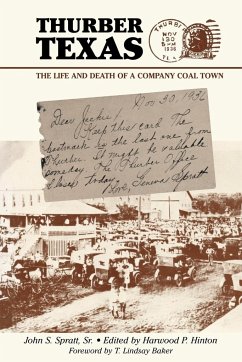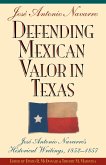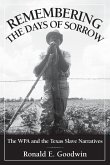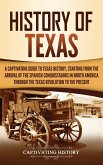The Thurber coal district sprang to life in the late 1880s in northern Erath County, Texas, some seventy miles west of Fort Worth. The mines were opened by the Texas & Pacific Coal Company to fuel the locomotives of its railway, whose tracks crossed the state from Marshall to El Paso. The company also built the town of Thurber to service the mines. It then imported workers from distant points, eventually including some twenty nationalities, whose old country ways contrasted sharply with neighboring farm life. John Spratt grew to manhood in Mingus, just three miles north of Thurber during the 1920s. His chronicle of the Thurber district is not only a nostalgic trip back in time but also a case study of the impact of technological change on one part of modern America.
Hinweis: Dieser Artikel kann nur an eine deutsche Lieferadresse ausgeliefert werden.
Hinweis: Dieser Artikel kann nur an eine deutsche Lieferadresse ausgeliefert werden.








